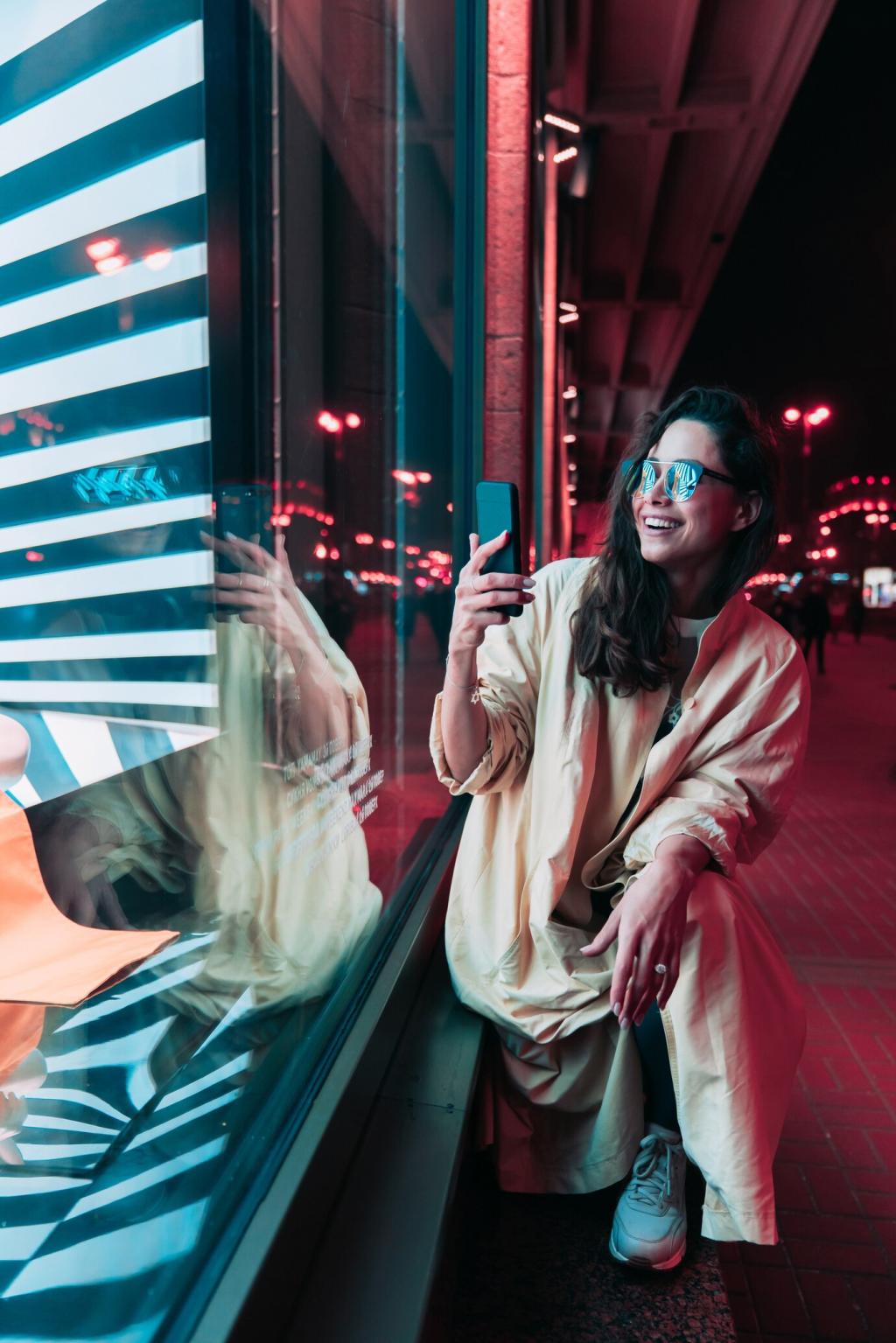A Gentle Guide to Your First Virtual Time‑Travel
Begin with Google Arts and Culture, CyArk, and Europeana for richly annotated tours, then branch to museum sites and Sketchfab collections where conservators share 3D scans, layered annotations, and high-resolution panoramas of extraordinary historical structures.
A Gentle Guide to Your First Virtual Time‑Travel
Use floor plans, hotspot arrows, and minimaps to orient yourself. Pause often, zoom into inscriptions, and toggle information panels to uncover context that transforms impressive stones into memorable chapters of architectural and human history.







